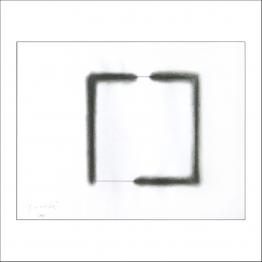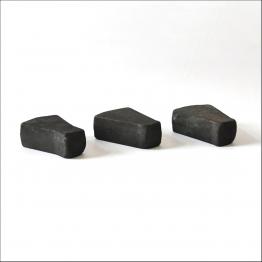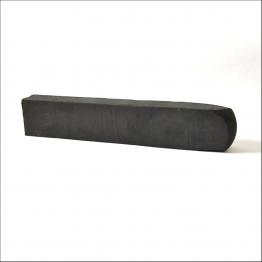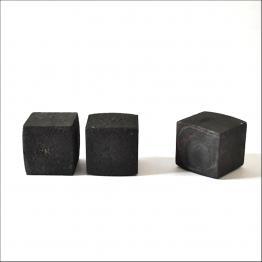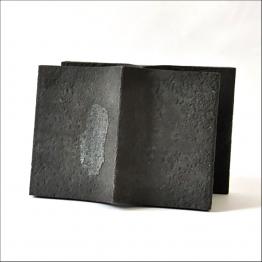TAKASHI SUZUKI
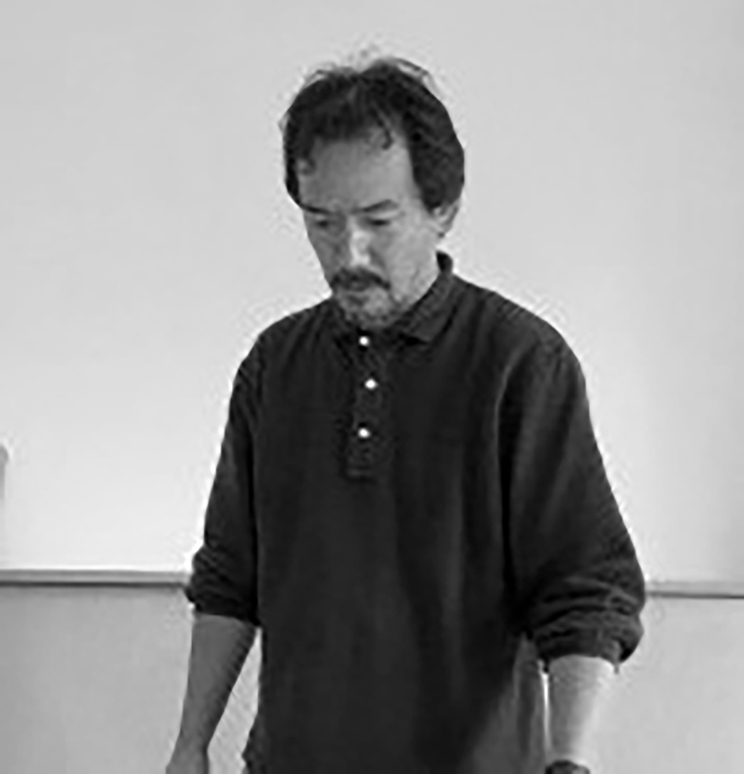 Takashi Suzuki, (Tokyo 1957)
Takashi Suzuki, (Tokyo 1957)
takashi suzuki ever started with creating installations composed of forged iron parts mostly in the geometric forms such such as rectangular cuboid, tube or bar. The works below were made in Germany in the year 2000 and exhibited in the st. Wendel Museum of Art, Germany.
After these steel works, Suzuki passed through a period which he worked on wood blocks and canvases / paper in parallel. Currently, he specializes in the latter style of works, the pictorial expression.
This course of change can be said a transition of interests, from an interest in spatial composition of materials to an interest in visual experiences mainly in colors.


